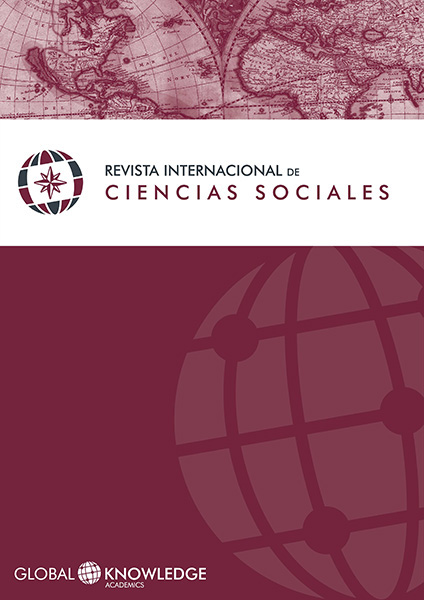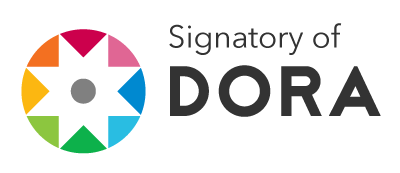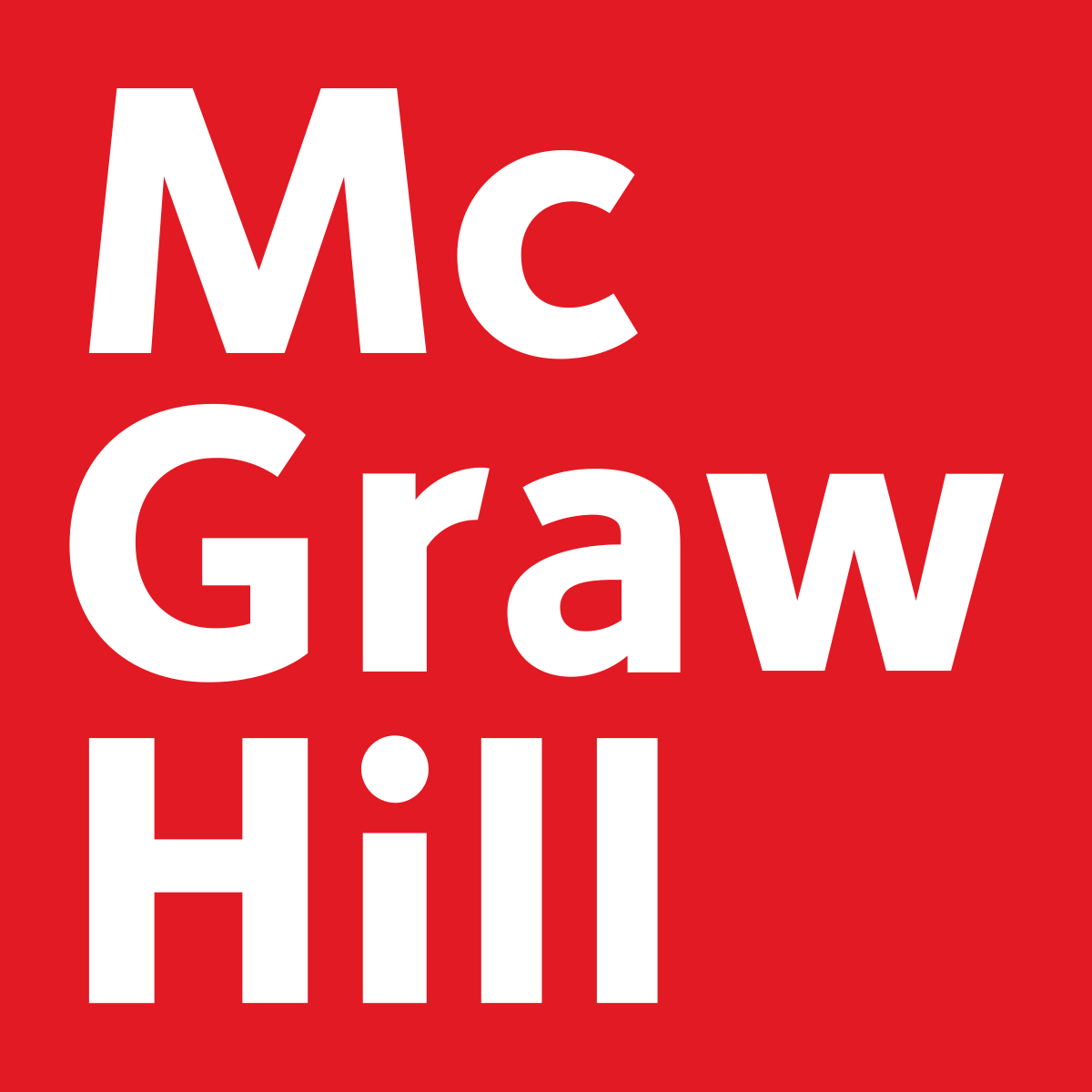Double-Degree University Graduates: A Case Study in Spain
DOI:
https://doi.org/10.37467/gka-revsocial.v1.1207Keywords:
College, Dual Degree, Advertising, Marketing, Commercial Business ManagementAbstract
The opportunity to study a double degree in college is a tool that some universities, especially the private ones, are offering to potential students to add value and gain a competitive advantage. In order to determine to what extent the dual degree is a strong argument for future graduates, we conducted a quantitative study on the option to open a double degree, Degree in Advertising and Public Relations and Marketing Degree and Commercial Business Management, indicating the implications entail extra effort for students and questioning on the main motivating factors. The majority of respondents would opt for the double degree, and the main motivating factor is to get more opportunities to find work.
Downloads
Global Statistics ℹ️
|
529
Views
|
281
Downloads
|
|
810
Total
|
|
References
Alloza, A., Both, C. y Benito, M. (2000). “Marco general: ¿cómo funciona la publicidad en televisión?”, en J. Martínez et al., La investigación en marketing (819-857), Barcelona, Aedemo.
Cabrera, A. y La Nasa, S. (2000). “Understanding the college-choice process”, en Cabrera, A. y La Nasa, S., Understanding the college-choice of disadvantaged students (5-22), New Directions for Institutional Research, 107, Jossey Bass Publishers. DOI: https://doi.org/10.1002/ir.10701
Christie, H., Munro, M. y Fisher, T. (2004). “Leaving university early: Exploring the difference between continuing and non-continuing students”, Studies in Higher Education, vol. 29 n. 5, pp. 617-636. DOI: https://doi.org/10.1080/0307507042000261580
Fernandez López, S. et al. (2001). La Demanda de Másters y Cursos de Especialización: Análisis Económico a través de un Modelo Logit Binomial, Universidad de Murcia, Actas de las X Jornadas de Asociación de Economía de la Educación.
Fondevila Gascón, J. F. y Carreras Alcalde, M. (2010). La tecnologia com a eina al servei de l’educació: una visió humanitzadora, Barcelona, Congreso "¿Una sociedad despersonalizada? Propuestas educativas", Universitat Abat Oliba CEU.
Fondevila Gascón, J. F. (2012). The Broadband Society in the World, Terrassa, Cecable.
Gallarza, M. G., Fayos, T., Servera, D. y Arteaga, F. (2009). Análisis y evaluación del servicio de formación universitaria: implicaciones para el marketing estratégico de las universidades, Paris, 8th International Congress Marketing Trends.
González Lobo, M. A. y Carrero, E. (2006). Manual de planificación de medios, Madrid, ESIC.
Harker, D., Slade, P. y Harker, M. (2001), “Exploring the decision process of ‘school leavers’ and ‘mature students’ in university choice”, Journal of Marketing for Higher Education, vol. 11, n. 2, 1-20. DOI: https://doi.org/10.1300/J050v11n02_01
Igartua, J. J. (2006). Métodos cuantitativos de investigación en comunicación, Barcelona, Bosch.
Jackson, G. (1986). Workable, comprehensive models of college choice. Final and technical report, US, Department of Education.
James, R. y Baldwin, G. et al. (1999). Which University? The factors influencing the choices of prospective undergraduates, Melbourne: Department of Education, Training and Youth Affairs, Center for the Study of Higher Education, The University of Melbourne.
Jiménez, J. D. y Salas, M. (2000). “Modeling Educational Choices. A Binomial Logit Model Applied to Demand for Higher Education”, Higher Education, n. 19, 293-311. DOI: https://doi.org/10.1023/A:1004098300436
Keller, M. y McKeown, M. (1984). Factors contributing to the past secondary enrollment decisions of Maryland national merit and national achievement semifinalists, Chicago, Annual meeting of the Association of Higher Education. DOI: https://doi.org/10.1353/rhe.1984.0027
Kern, C. (2000). “College choice influences: Urban high school students respond”, Community College Journal of Research and Practice, n. 24, 487-494. DOI: https://doi.org/10.1080/10668920050137255
Lilly, J., Armitage, A. y Thomas, H. (2000). Educational choice at post-16: A study into how students determine their preferred post-16 educational provider, Brentwood, Essex, Earlybrave Publications Ltd.
Looker, D. y Lowe, G.S. (2001). Post-secondary access and student financial aid in Canada: Current knowledge and research gaps, Ottawa, ON, Canadian Policy Research Networks.
Luque, T. y Del Barrio, S. (2007). Análisis del valor de las percepciones de los clientes en el diagnóstico estratégico de la universidad, Venice-Paris, International Congress Marketing Trends.
Márquez, M. (1998). Latino students ’ decision to attend College: Motivational factors and barriers, University of California, Santa Barbara, Master of Social Work Thesis.
Maringe, F. (2006). “University & Course Choice: Implications for positioning, recruitment and marketing”, International Journal of Educational Management, vol. 20, n. 6, 466-479. DOI: https://doi.org/10.1108/09513540610683711
Martínez, J. et al. (2000). La investigación en marketing, Barcelona, AEDEMO.
Maxwell, G., Cooper, M. y Biggs, N. (2000). How people choose vocational education and training programs: social, educational and personal influences on aspiration, Leabrook, SA, National Center for Vocational Education Research.
Millward Brown (2012). Perspectivas del consumo. Índice del comportamiento del consumidor. [web en línea]. Disponible en: http://www.millwardbrown.com/Locations/Spain/CentroConocimiento/Perspectivas_Del_Consumidor.aspx [con acceso el 27-02-2012].
Ministerio de Educación (2011). Datos y cifras del sistema universitario español. Curso 2011/12, Madrid, Secretaría General Técnica.
Obis Artal, T. y Rialp Criado, J. (1996). La Elección de una Universidad: El Caso Concreto de la Universidad Autónoma de Barcelona, Madrid-ESIC, Actas VIII Encuentro de Profesores Universitarios de Marketing.
Tumblin, R. S. (2002). The College choice process of non-traditional students, University of Toledo, Thesis for the Master of Education Degree in Higher Education.
Yorke, M. (1999). Leaving early: Undergraduate non-completion in higher education, London, Framer Press.
Downloads
Published
How to Cite
Issue
Section
License
Those authors who publish in this journal accept the following terms:
-
Authors retain copyright.
-
Authors transfer to the journal the right of first publication. The journal also owns the publishing rights.
-
All published contents are governed by an Attribution-NoDerivatives 4.0 International License.
Access the informative version and legal text of the license. By virtue of this, third parties are allowed to use what is published as long as they mention the authorship of the work and the first publication in this journal. If you transform the material, you may not distribute the modified work. -
Authors may make other independent and additional contractual arrangements for non-exclusive distribution of the version of the article published in this journal (e.g., inclusion in an institutional repository or publication in a book) as long as they clearly indicate that the work was first published in this journal.
- Authors are allowed and recommended to publish their work on the Internet (for example on institutional and personal websites), following the publication of, and referencing the journal, as this could lead to constructive exchanges and a more extensive and quick circulation of published works (see The Effect of Open Access).













